I also would be glad if someone might explain how can small antennas
receive long wave length radio waves?
Any piece of wire (even a straightened paper clip) will receive a radio wave of any frequency but it makes sense to get a good signal so that noise and other undesired phenomena are significantly reduced. This good sense means we can make the receive antenna to maximize the signal but, making it smaller isn't necessarily a show-stopper; you will likely get a smaller signal but that doesn't mean it can't work.
One of the big deals about a crystal radio is that the antenna can disrupt the Q of the tuned circuit. The antenna will have an impedance that it presents to the tuned circuit and here's an example from this site: -

This is for a monopole antenna and it is assumed to be vertical. When the antenna is one-quarter of a wavelength we find that the impedance is purely resistive and therefore it can deliver maximum power to or from relatively easily. When the antenna length is 0.47 wavelengths it is also resistive but has an impedance that is significantly bigger.
If we consider that your question is about "short" antennas we can see why this becomes suitable for a xtal radio. Say the antenna length were 0.05 wavelengths, the reactive impedance would dominate things at -j1000 ohms and this is convenient to avoid too much dampening of the tuned circuit.
A parallel tuned circuit presents a high impedance when resonant and so any antenna feeding this parallel tuned circuit should also be high impedance - if a quarter wave length were used, it would present an impedance of about 37 ohms resistive and would make the selectivity of the tuned circuit very poor.
Why is not both terminals of the LC circuit not connected to two very
long wires proportional to AM carrier wavelength instead of earth.
That would be a dipole antenna configuration and is commonly used but not for xtal radios for two reasons: -
- You need two antennas and you might have limited space. Those antennas (individually) have to be fairly seperate from each other i.e. point in different directions to get the best net signal.
- Your receiver then has to have an extra component to convert a balanced signal (a dipole produces a balanced signal) into a single-ended (or unbalanced) signal. If you didn't do this the proximity of your body will somewhat imbalance the antenna and tuning and make things worse.
Basically a monopole is half a dipole and produces an imbalanced signal to ground: -

The downside is that you only get half the amplitude from the monopole but, on the plus-side there is a slight increase in antenna gain over the dipole due to the way the radiation field is formed.


